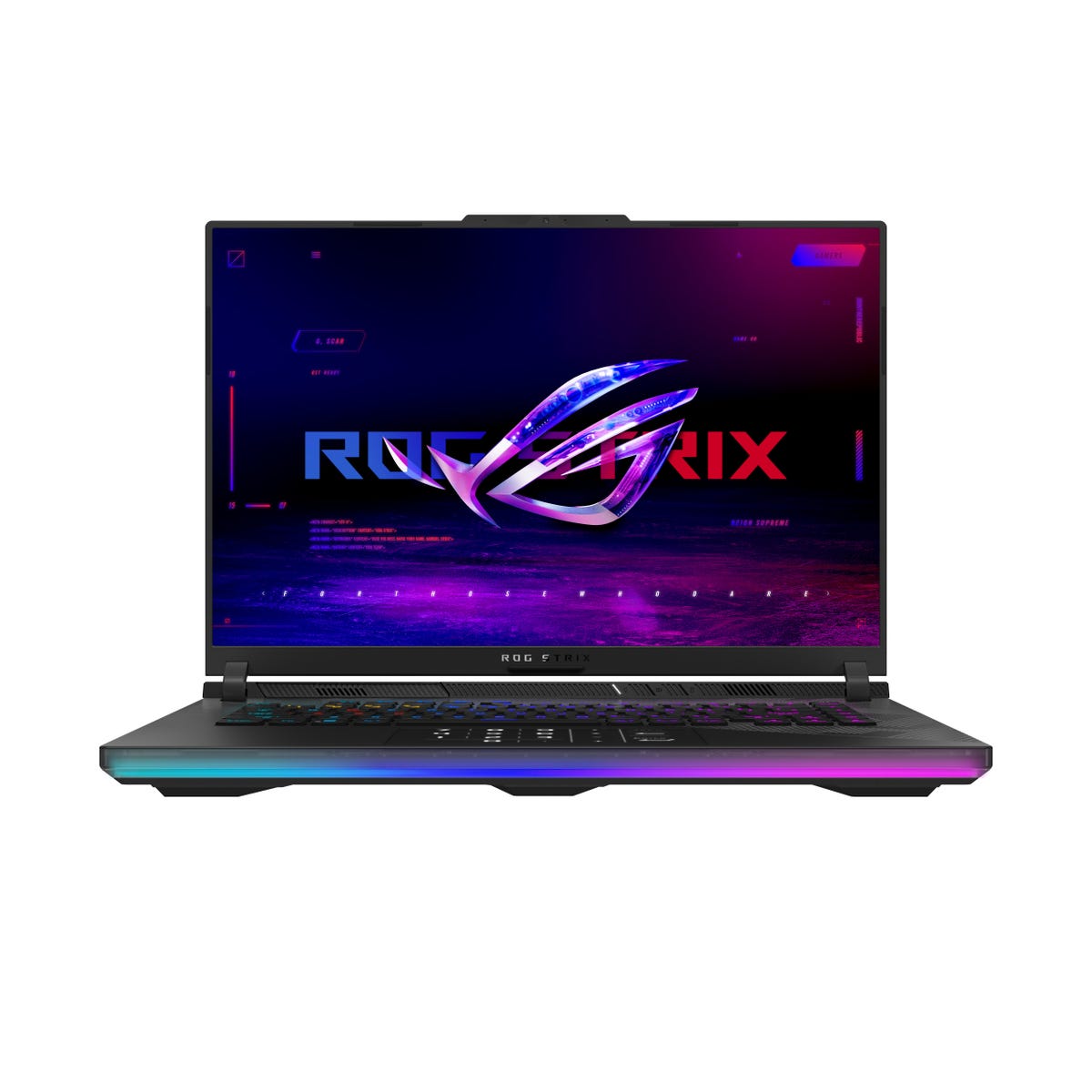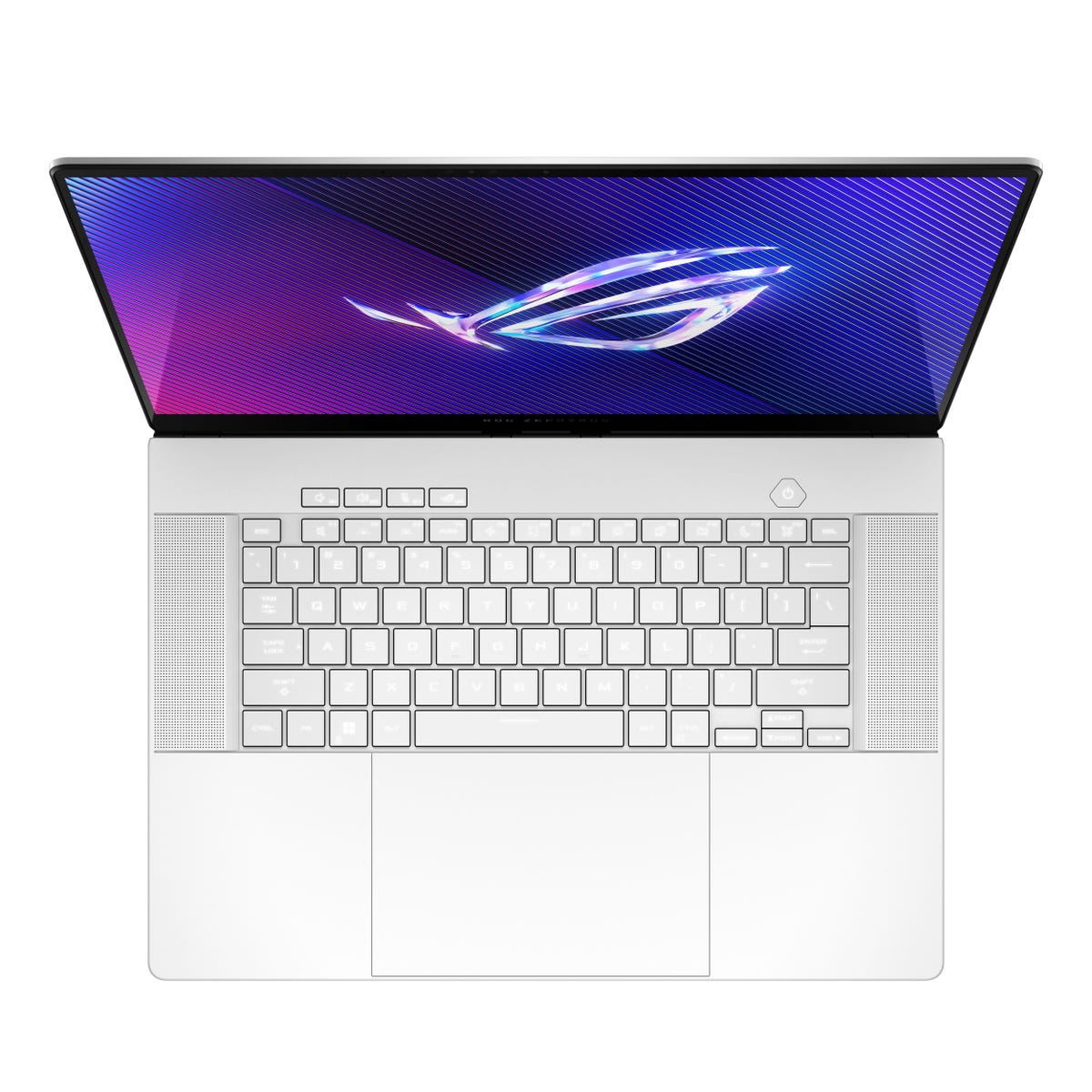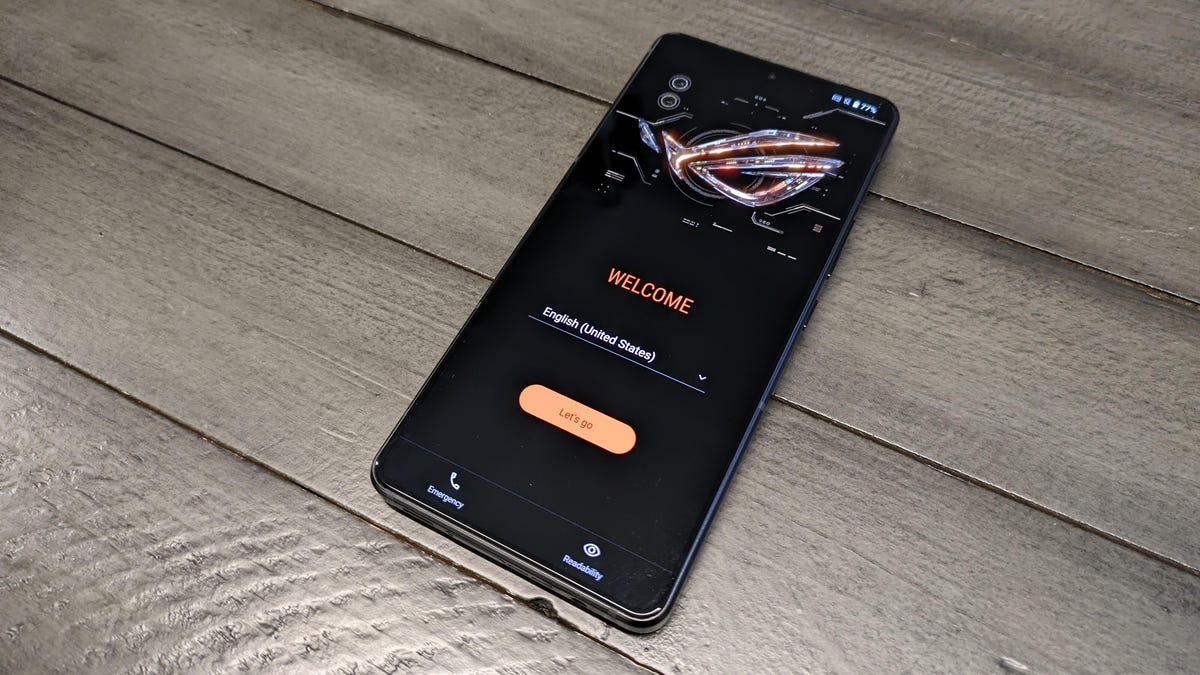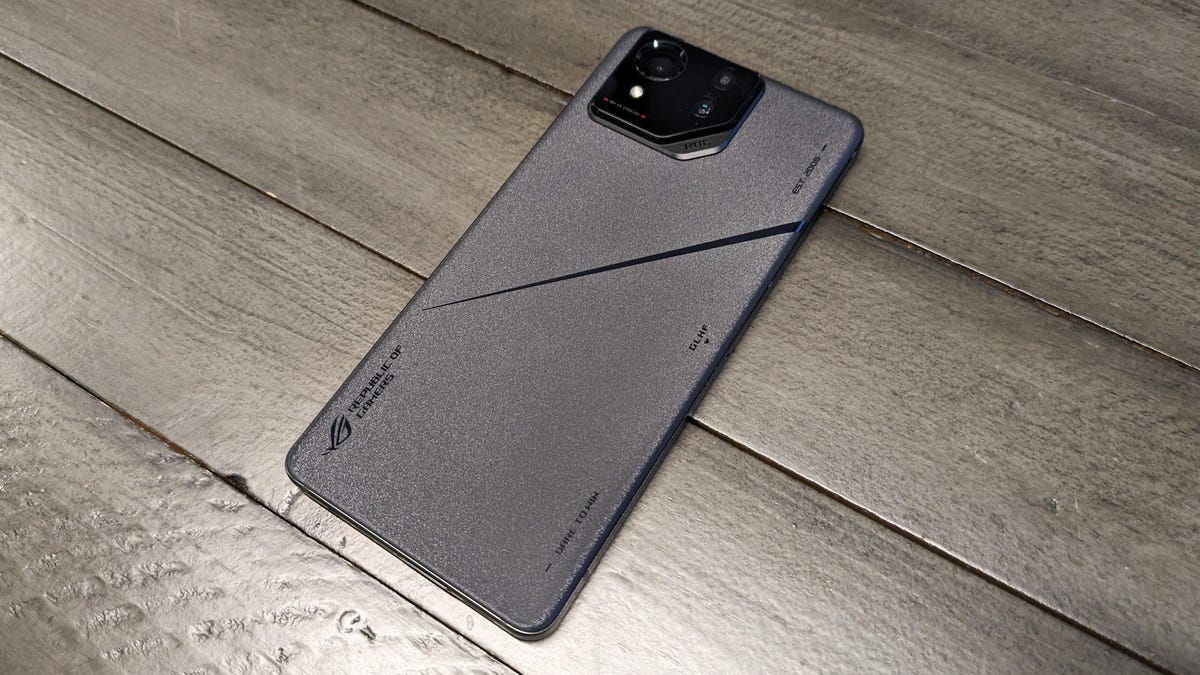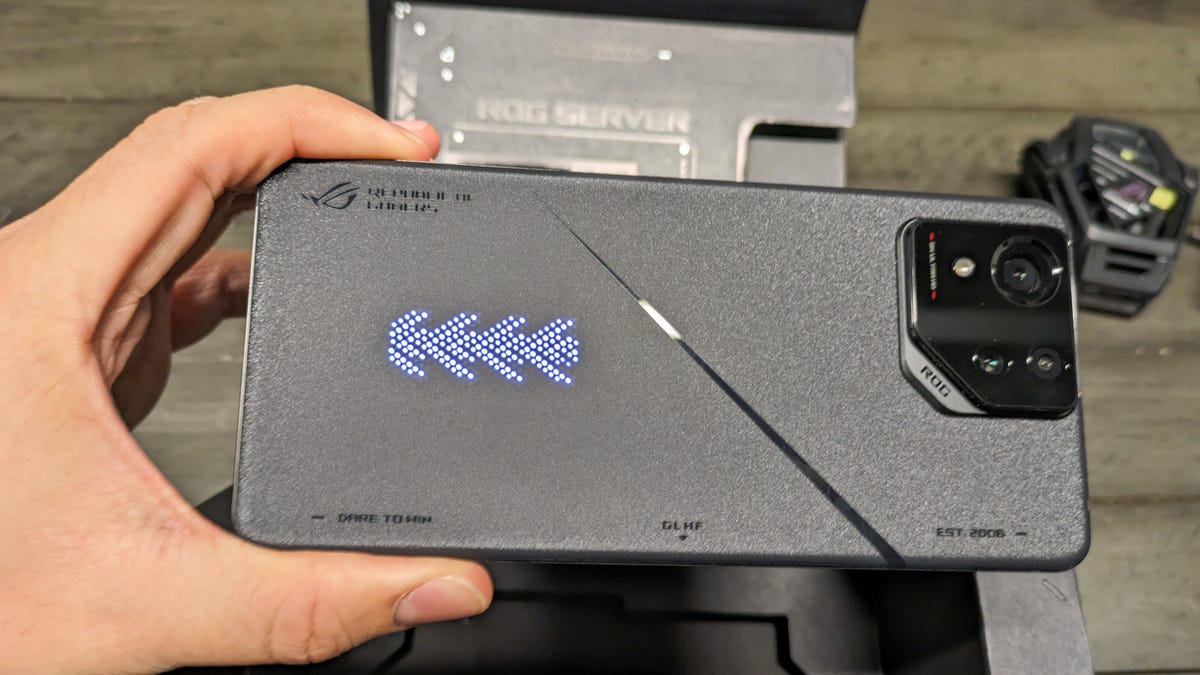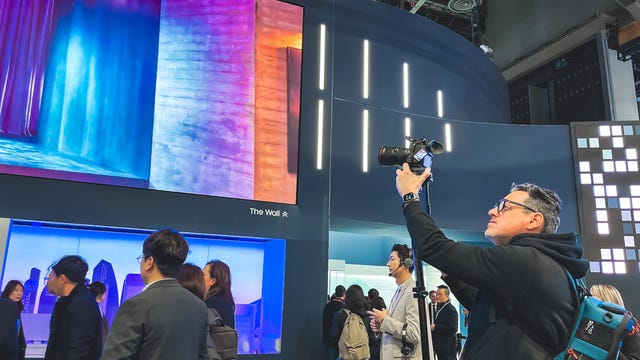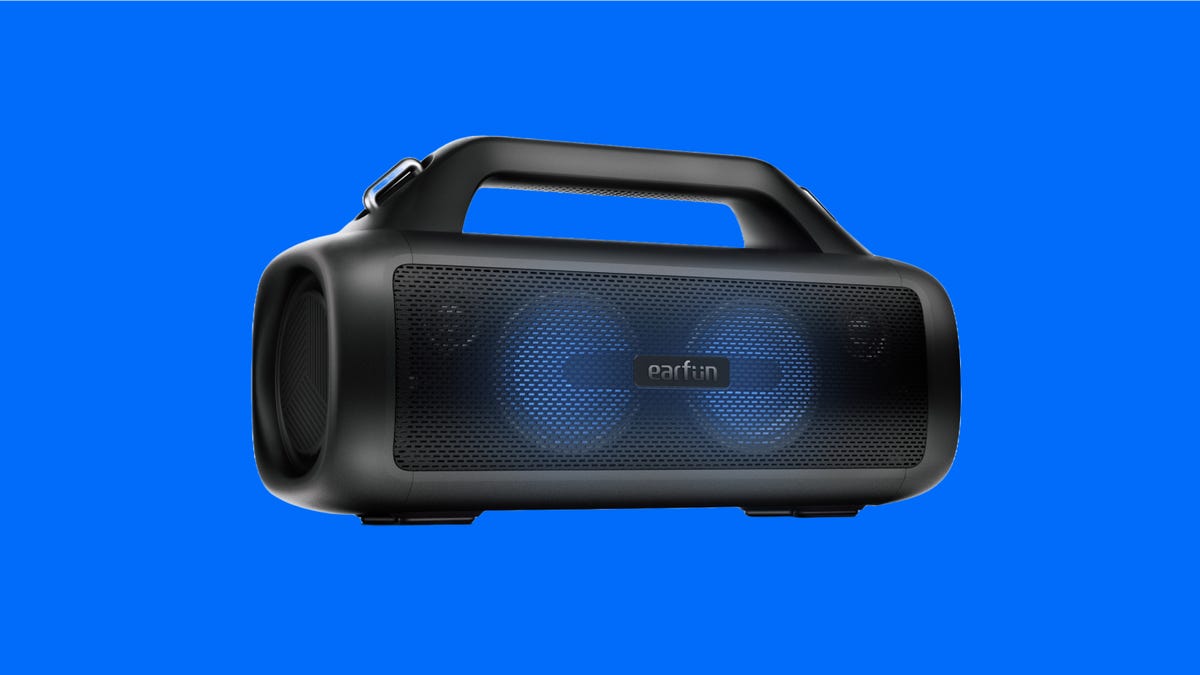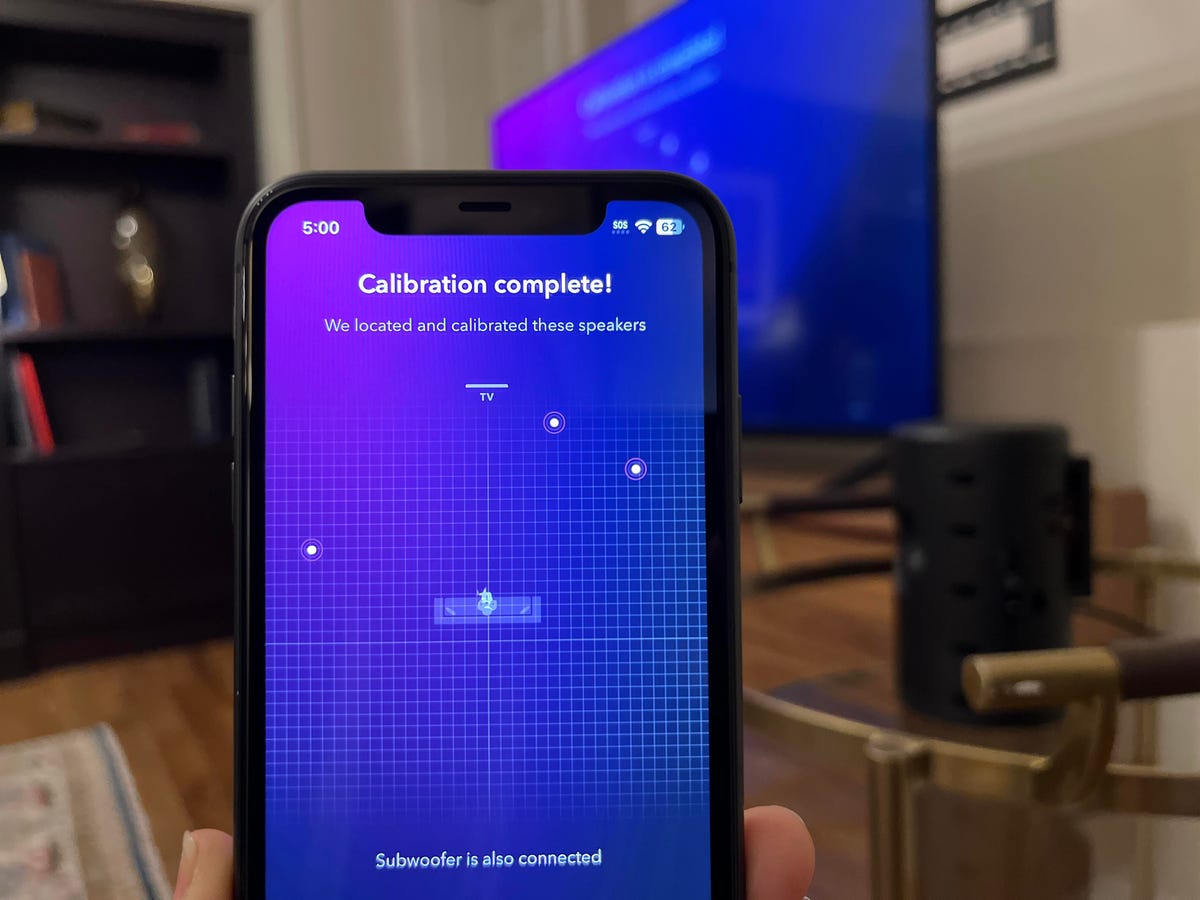CES 2024 in Las Vegas, as in years past, is a flurry of dazzling gadgetry: giant televisions, robots, EVs and foldable phones. But underpinning just about every piece of tech at this year’s show is AI, the technology that’s captivated millions ever since ChatGPT stormed onto the internet in late 2022. It’s not hard to imagine C-suite executives pounding on boardroom conference tables demanding AI be a cornerstone in future products.
And who could blame them? When ChatGPT launched on Nov. 30, 2022, it took only five days for it to attract 1 million users. By comparison, it took Netflix three and a half years to accomplish the same feat. Two months later, ChatGPT had an estimated 100 million users.
“AI is reshaping industries beyond technologies and has the power to make lives easier and more inclusive for all,” J.H. Han, CEO and head of the device experience division at Samsung, said during the company’s keynote on Monday.
Read more: AI Chatbots Are Here to Stay. Learn How They Can Work for You
AI Is Everywhere at CES 2024. Here’s the Coolest Tech We’ve Seen So Far
See all photos
Across the CES landscape this year, there was no shortage of AI-infused products angling for attention: lamps, lawn mowers, vacuums, mirrors, meat thermometers, dog collars and even pillows. Samsung showed off an AI robot named Ballie and refrigerators with AI vision that can recognize foods to suggest recipes or tell you when the expiration date is near. Samsung’s washing machines will use AI as well, learning your habits and suggesting cycles.
AI isn’t one singular thing. Apps such as ChatGPT are built on generative AI. It uses massive troves of training data, synthesizing information much like the human brain, to create text, images or even computer code in seconds. It’s a transformative technology that has Big Tech titans like Google and Microsoft investing billions in a quest to lead the market. McKinsey estimates that generative AI could add the equivalent of up to $4.4 trillion in economic benefit annually, increasing global GDP by 7%. In Big Tech’s AI wake are hundreds of smaller companies floating to the surface, finding specific ways of using generative AI tech for bespoke applications, like helping high schoolers with college essays or creating online dating profiles.
CES 2024 has been packed with product reps, CEOs, investment bankers and keynote speakers all vibrating their vocal cords to the tune of AI. It’s not just major tech brands, but also the likes of Walmart, McDonald’s, L’Oreal and Volkswagen all filling the Las Vegas Convention Center to appeal to CES’ 130,000 attendees – and to a wider world looking to figure out how AI will fit into their lives.
“You don’t want to show up at the costume party in plain clothes, right?” said Dipanjan Chatterjee, principal analyst at Forrester. “Everyone’s going to be there saying AI. You’re probably going to look like a fool if you don’t.”
The Consumer Technology Association, the trade group that runs CES, expects that over 230 million smartphones and PCs arriving in the US this year will use generative AI in some form or fashion.
For many products on the CES 2024 show floor, AI is more of an evolution than a revolution. A few years back, refrigerators and toasters were “smart” with Amazon Alexa or Samsung Bixby integrations. While the ideas were cool, being able to ask your fridge to order some milk didn’t substantively change people’s lives. Voice recognition technology felt half-baked at times, as if these smart home assistants were only as smart as their pre-programmed answers allowed them to be.
But the new wave of AI is, in a sense, a rebranding of smart tech. This conversational technology is multilayered, allowing you to ask question upon question, shimmying in more parameters without hesitation.
For instance, you can ask the upcoming ChatGPT-powered Volkswagen ID 7 to find a nearby Chinese restaurant. It might point you to Panda Express, but you could instead request something more upscale. Heck, you could request five upscale options and ask which has the best seafood options. Pretty clever stuff.
Walmart said it’s using AI to make product searches more dynamic, allowing shoppers to look beyond brand names. People can query “football watch party” and get results for wings, chips and big-screen TVs. Even TVs themselves are now on the AI train, with LG’s top-end OLED devices promising better picture processing and upscaling, thanks to AI.
It’s not about tech for tech’s sake, Walmart CEO Doug McMillon said during the company’s keynote on Tuesday. The goal of adding something like generative AI should be one in which the “benefits of technology are pursued but people are considered along the way.”
Futuristic CES 2024 Tech Concepts We Can Hardly Wait For
See all photos
Intel CEO Pat Gelsinger sees technology as impartial and says it’s up to those who use it to shape how it’s used. AI is just the latest development in humanity’s technological evolution and will eventually become a mainstay of everyday life.
“Would you go to a radiologist that wasn’t using AI-assisted radiology? Absolutely not. Just like you wouldn’t have gone to a finance guy who didn’t use a spreadsheet,” Gelsinger said in an interview with CNBC’s Kristina Partsinevolos during the company’s keynote on Tuesday.
Anyway, don’t expect a $3,500 AI-powered toaster to send you on an existential crisis. Actually, most of the products shown off at CES tend to be conceptual, showing what’s possible but seldom materializing in the market, at least not in the short term. But some features do trickle out to consumers, slowly changing the tech landscape.
“What [brands] don’t want to do is go back home and compete on price,” Chatterjee said. Instead, he said, brands find more value in delivering features you will continue to rely on, learning more about your habits as you continue to use their product.
“You’re basically hooked.”
Editors’ note: CNET is using an AI engine to help create some stories. For more, see this post.
